Specification
Appearance White or similar sheet crystal powder
Solubility in alcohol Clear and no deposit
Melting range 147°C~150°C
Specific rotation -34°~ -38°
Acidity ≤0.3 ml
Loss on drying ≤0.3%
Residue on ignition ≤0.1%
Purity ≥95%
Application
Cholesterol is required to build and maintain membranes; it modulates membrane fluidity over the range of physiological
temperatures. The hydroxyl group on cholesterol interacts with the polar head groups of the membrane phospholipids and
sphingolipids, while the bulky steroid and the hydrocarbon chain are embedded in the membrane, alongside the nonpolar
fatty acid chain of the other lipids. Through the interaction with the phospholipid fatty acid chains, cholesterol increases
membrane packing, which reduces membrane fluidity.In this structural role, cholesterol reduces the permeability of the
plasma membrane to neutral solutes, protons, (positive hydrogen ions) and sodium ions.
Within the cell membrane, cholesterol also functions in intracellular transport, cell signaling and nerve conduction.
Cholesterol is essential for the structure and function of invaginated caveolae and clathrin-coated pits, including
caveola-dependent and clathrin-dependent endocytosis.
Within cells, cholesterol is the precursor molecule in several biochemical pathways. In the liver, cholesterol is converted
to bile, which is then stored in the gallbladder. Bile contains bile salts, which solubilize fats in the digestive tract and aid
in the intestinal absorption of fat molecules as well as the fat-soluble vitamins, A, D, E, and K. Cholesterol is an
important precursor molecule for the synthesis of vitamin D and the steroid hormones, including the adrenal gland
hormones cortisol and aldosterone, as well as the sex hormones progesterone, estrogens, and testosterone,
and their derivatives.
Some research indicates cholesterol may act as an antioxidant.
Packing
1kg/Aluminum foil bag, 25kg/fiber drum
Storage
Store in a well-closed container away from moisture and direct sun light. Valid for 3 years.
Appearance White or similar sheet crystal powder
Solubility in alcohol Clear and no deposit
Melting range 147°C~150°C
Specific rotation -34°~ -38°
Acidity ≤0.3 ml
Loss on drying ≤0.3%
Residue on ignition ≤0.1%
Purity ≥95%
Application
Cholesterol is required to build and maintain membranes; it modulates membrane fluidity over the range of physiological
temperatures. The hydroxyl group on cholesterol interacts with the polar head groups of the membrane phospholipids and
sphingolipids, while the bulky steroid and the hydrocarbon chain are embedded in the membrane, alongside the nonpolar
fatty acid chain of the other lipids. Through the interaction with the phospholipid fatty acid chains, cholesterol increases
membrane packing, which reduces membrane fluidity.In this structural role, cholesterol reduces the permeability of the
plasma membrane to neutral solutes, protons, (positive hydrogen ions) and sodium ions.
Within the cell membrane, cholesterol also functions in intracellular transport, cell signaling and nerve conduction.
Cholesterol is essential for the structure and function of invaginated caveolae and clathrin-coated pits, including
caveola-dependent and clathrin-dependent endocytosis.
Within cells, cholesterol is the precursor molecule in several biochemical pathways. In the liver, cholesterol is converted
to bile, which is then stored in the gallbladder. Bile contains bile salts, which solubilize fats in the digestive tract and aid
in the intestinal absorption of fat molecules as well as the fat-soluble vitamins, A, D, E, and K. Cholesterol is an
important precursor molecule for the synthesis of vitamin D and the steroid hormones, including the adrenal gland
hormones cortisol and aldosterone, as well as the sex hormones progesterone, estrogens, and testosterone,
and their derivatives.
Some research indicates cholesterol may act as an antioxidant.
Packing
1kg/Aluminum foil bag, 25kg/fiber drum
Storage
Store in a well-closed container away from moisture and direct sun light. Valid for 3 years.



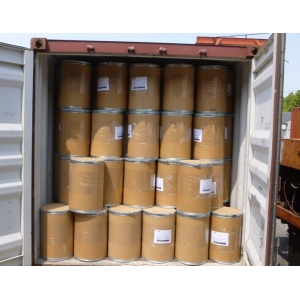

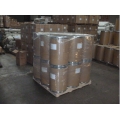







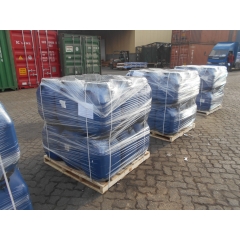
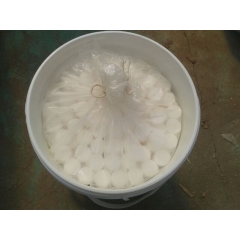
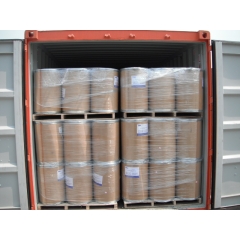
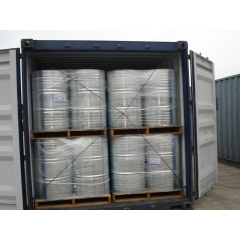
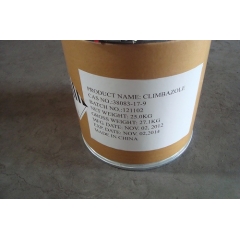


 chemical.tnj
chemical.tnj